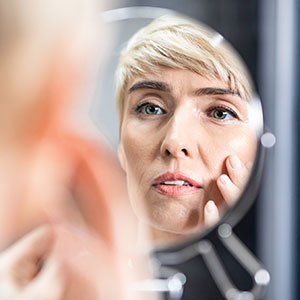
Correcting a bite problem involves more than applying braces. Orthodontists must consider a wide range of factors, including the type of bite problem involved, complications like impacted or missing teeth, and their patient’s overall dental condition.
Orthodontists must also keep in mind the future—how will a treatment implemented now impact a patient’s appearance and dental function many years from now? In reality, orthodontists perform these treatments within a dynamic growth environment, especially involving children and teenagers whose mouth and facial structures are still maturing.
And although these growth changes slow in adulthood, they don’t stop—orofacial structures continue to change throughout life. For example, a person’s lips steadily thicken in size until the mid-teen years, and then slowly thin out over the rest of their lifetime. The distance between the lips both at rest and while smiling may also narrow in later years. Other changes continue to occur in the bones and soft tissues of the mouth and face.
Fortunately, this structural growth follows a fairly consistent track. Although variations do occur, an orthodontist can project the growth changes their patients will undergo as they age, and use that knowledge to plan out bite treatment. With this understanding, orthodontists plan not only what treatments will be needed, but when to perform them, and to what extent.
This may involve a number of treatment stages, spaced out to coincide with regular development. An orthodontist may focus first on general bite correction to bring the teeth and jaws into a reasonable state of alignment. Later, they’ll use more refined methods to fine-tune corrections that better align with later adult growth.
More intensive treatments may be necessary to build a foundation for future treatment. For example, orthognathic surgery may be needed to correct a severe case of an over-extended lower jaw. During the procedure, surgeons move the lower jaw to a joint position higher on the skull. This retracts the lower jaw into a more normal alignment with the upper jaw, and can dramatically change the facial profile for the better.
Each orthodontic patient is different, and each requires their own a unique treatment plan. That plan has a greater chance of long-term success by applying knowledge of future growth changes.
If you would like more information on orthodontic treatment, please contact us or schedule an appointment for a consultation. You can also learn more about this topic by reading the Dear Doctor magazine article “Understanding Aging Makes Beauty Timeless.”
